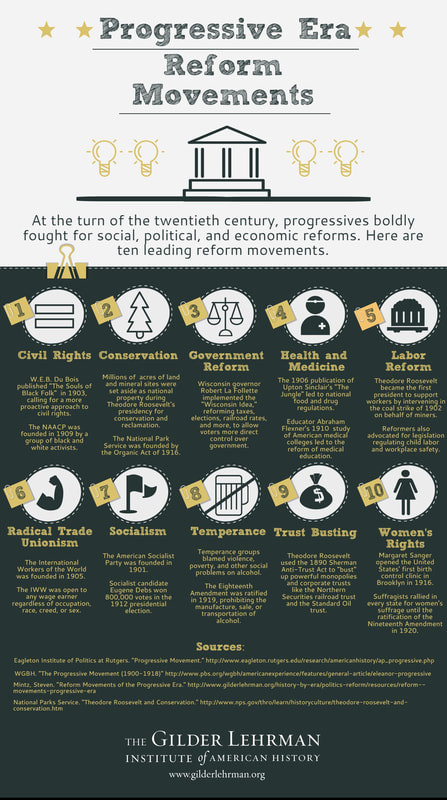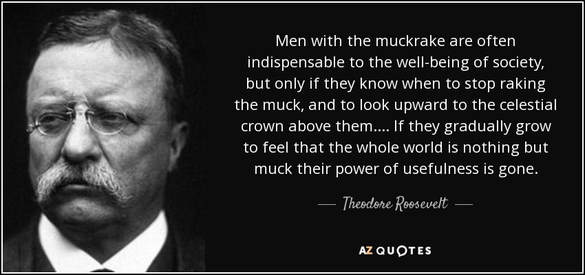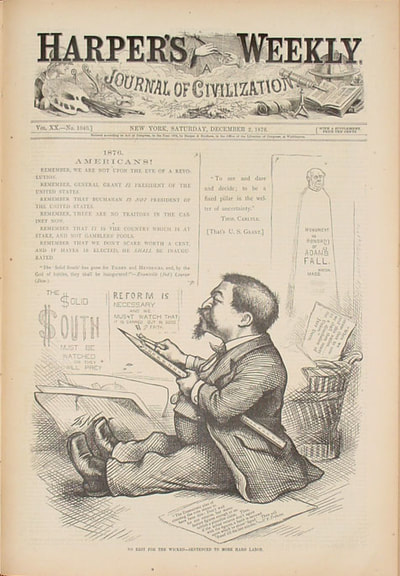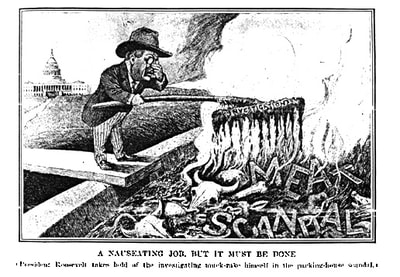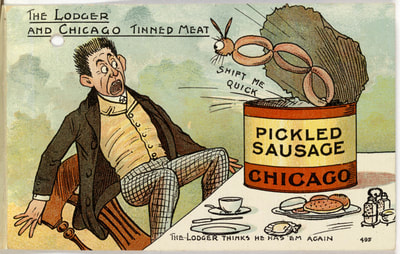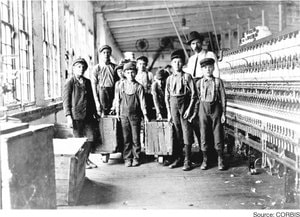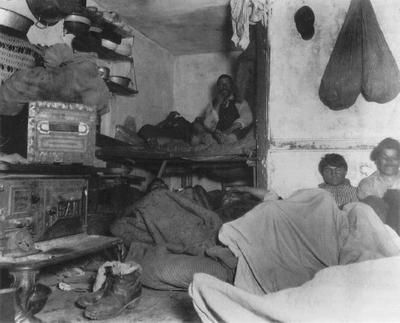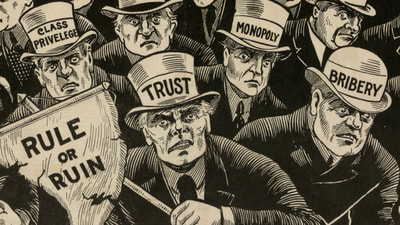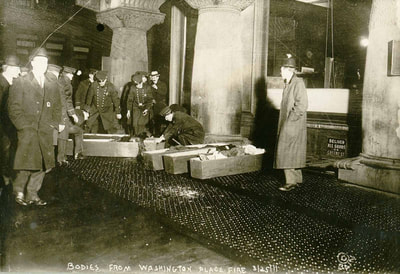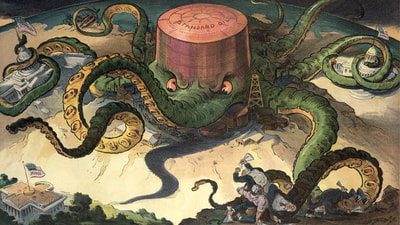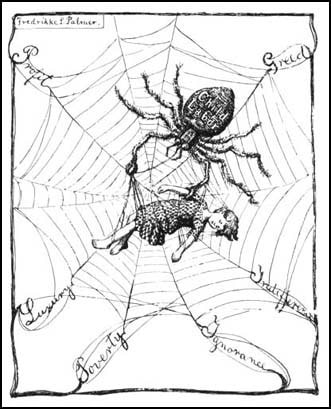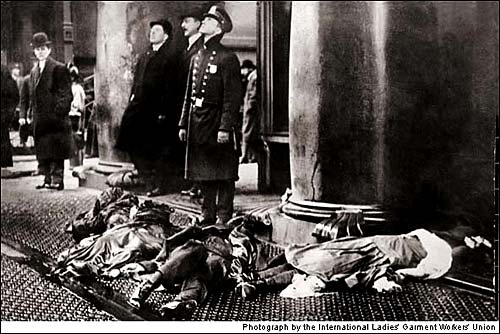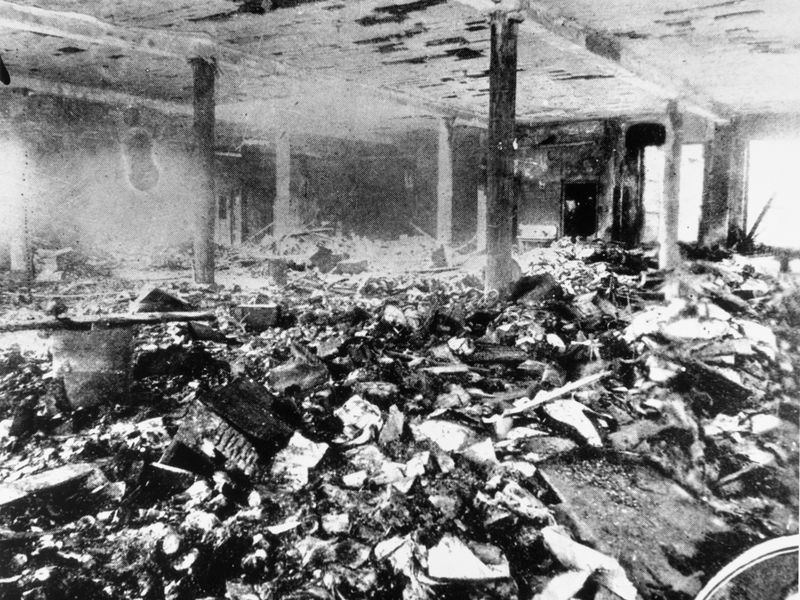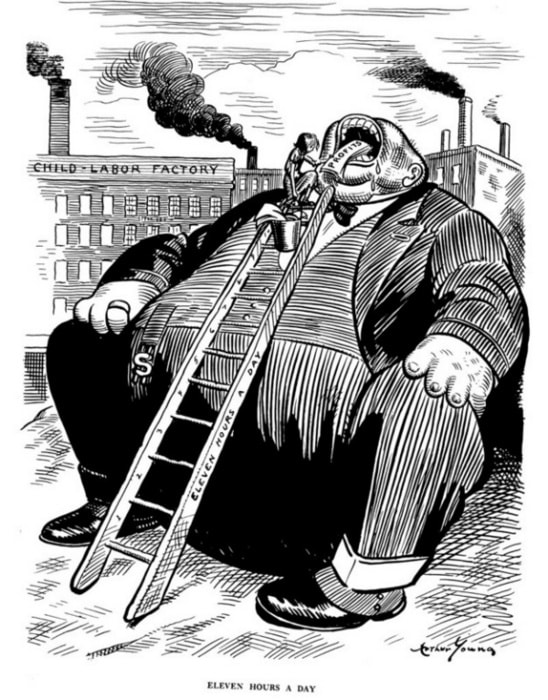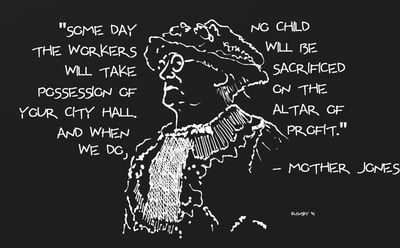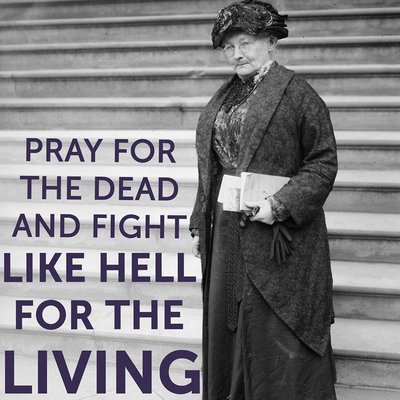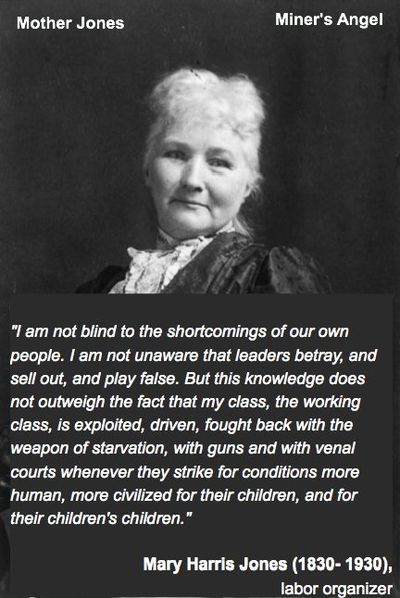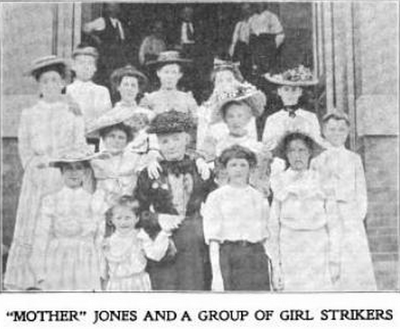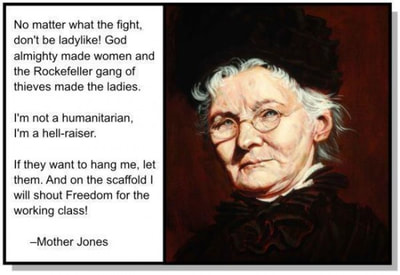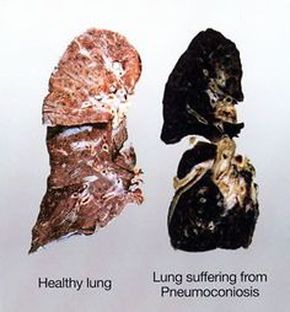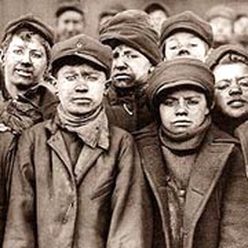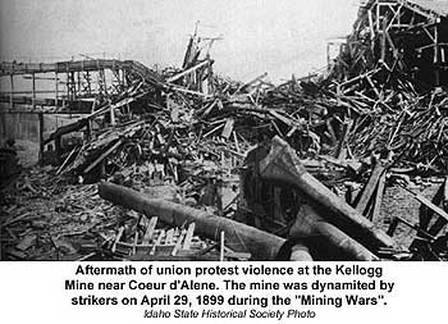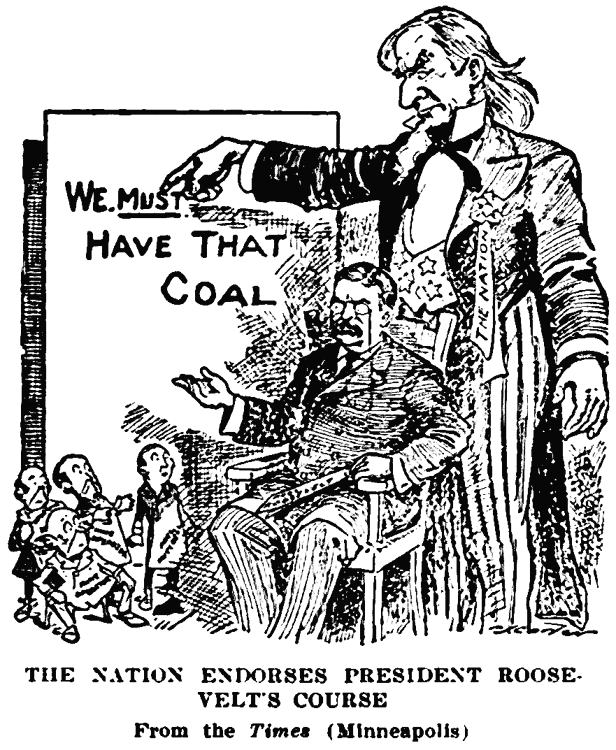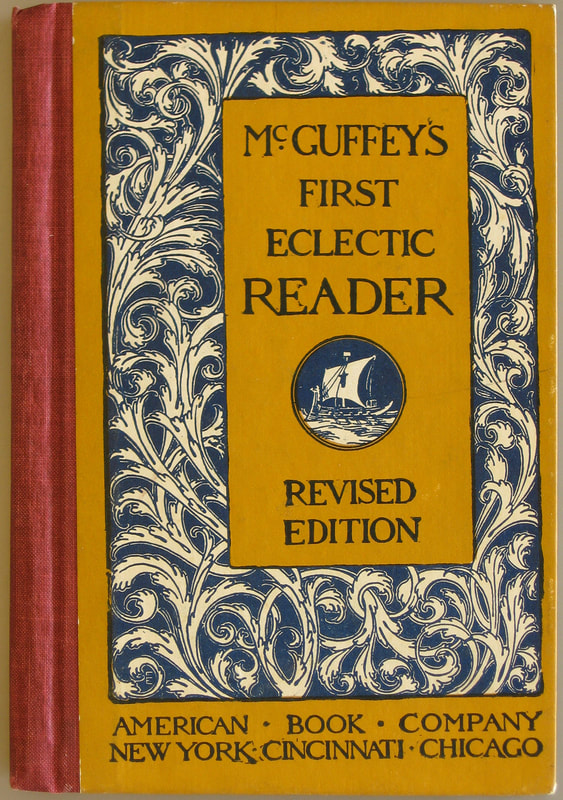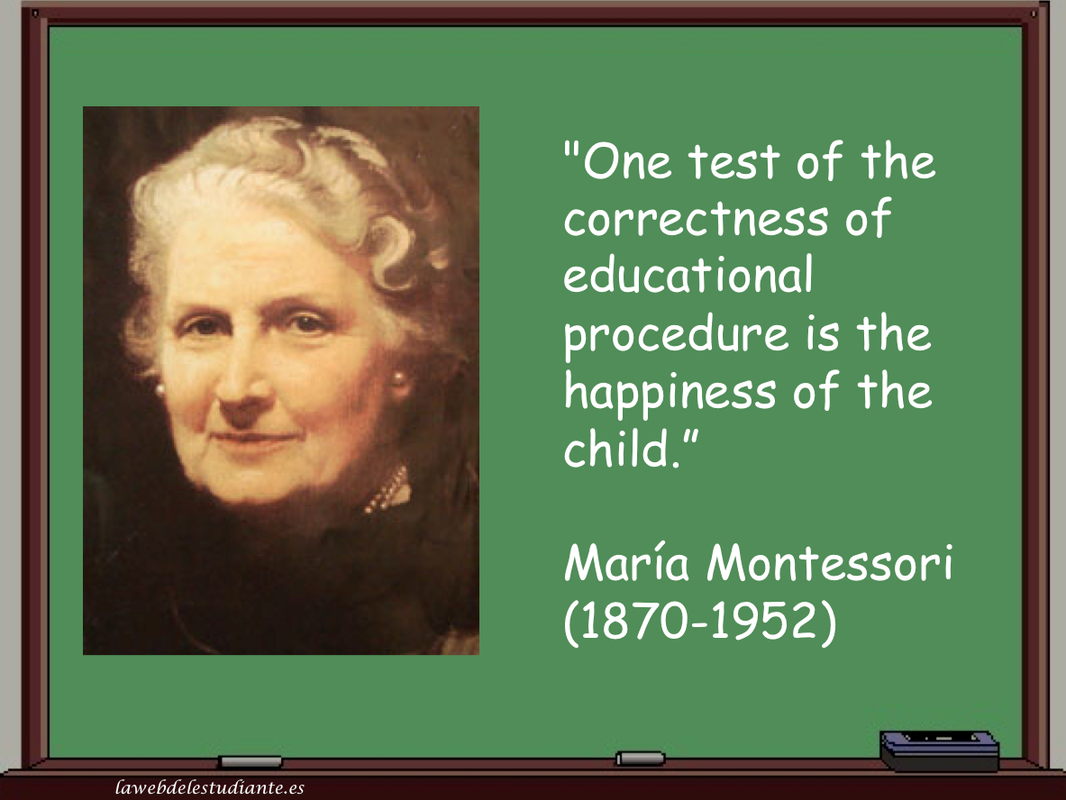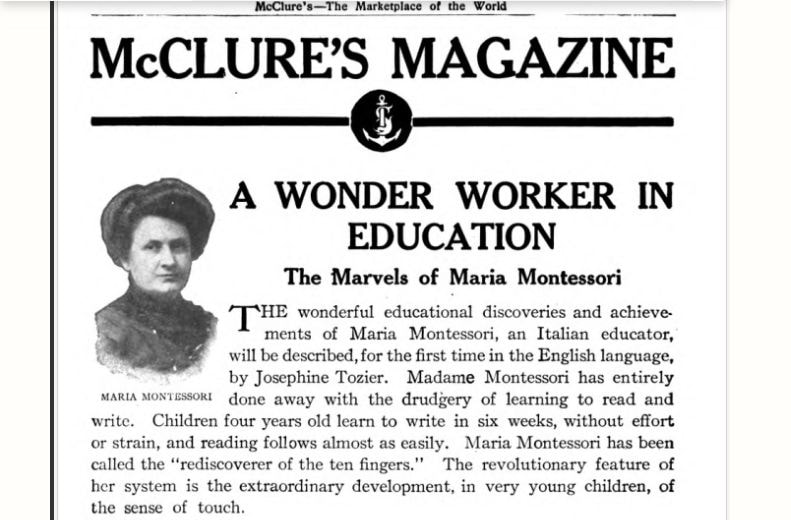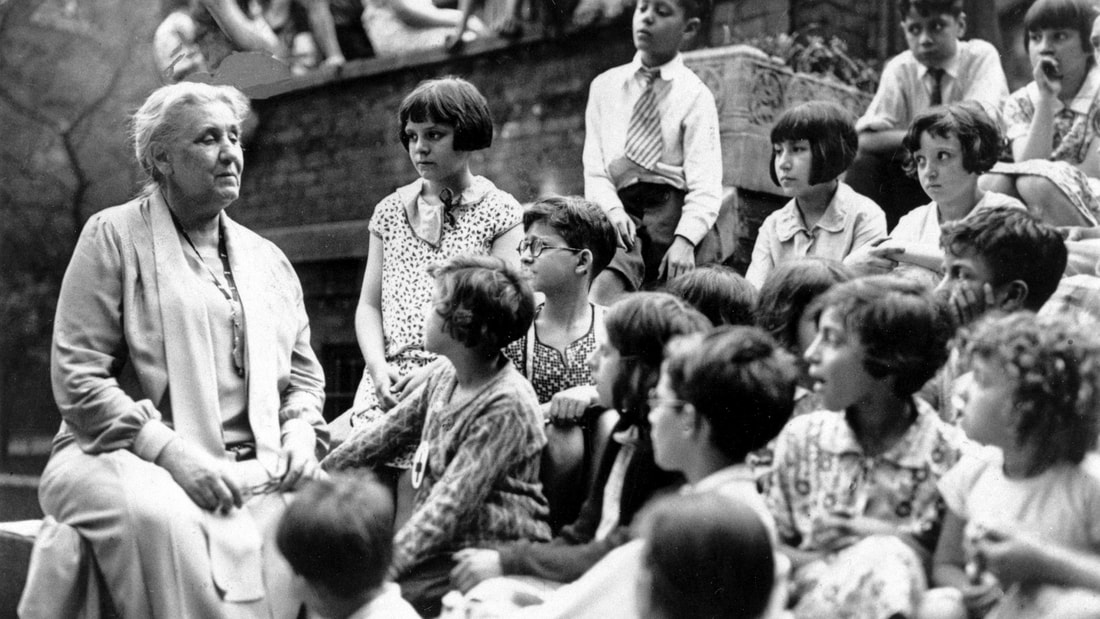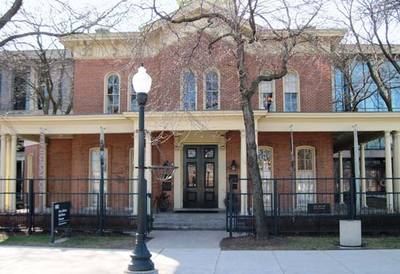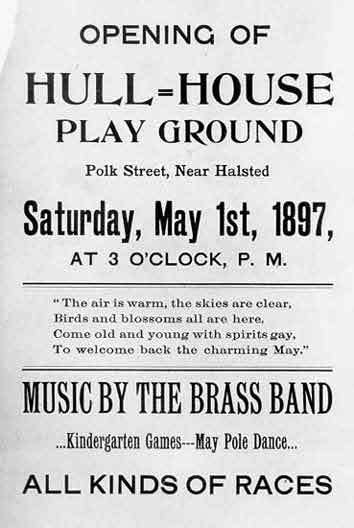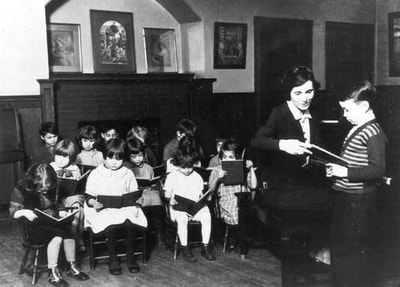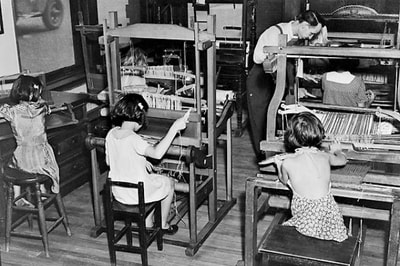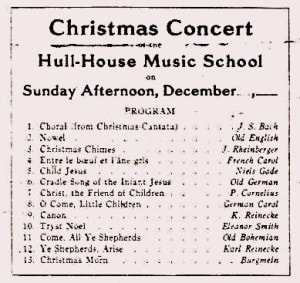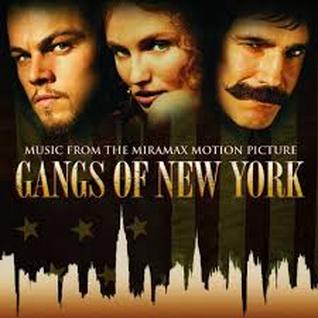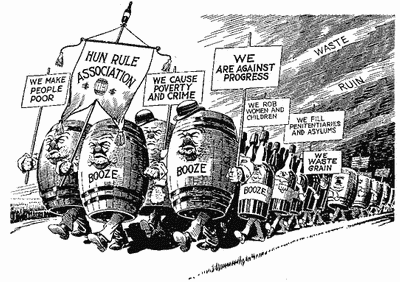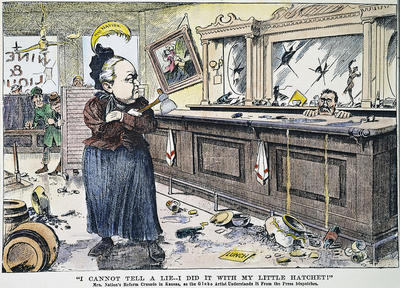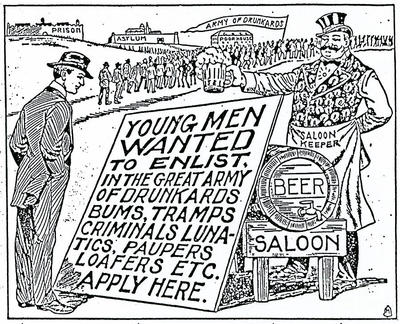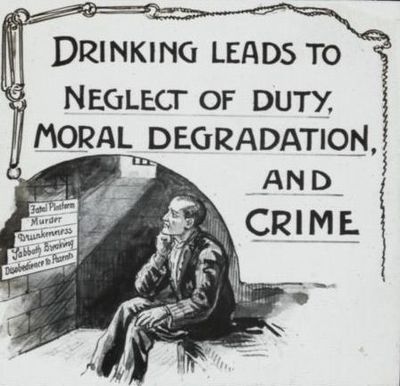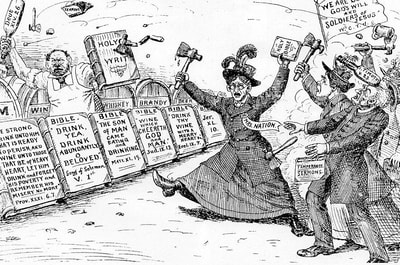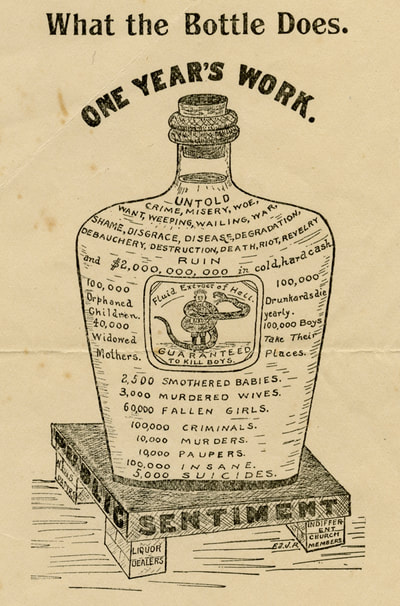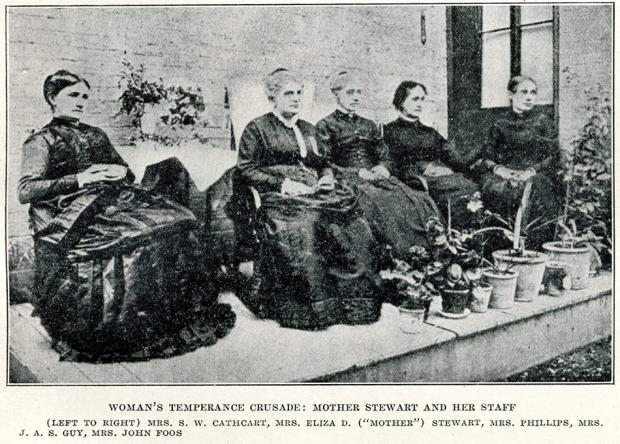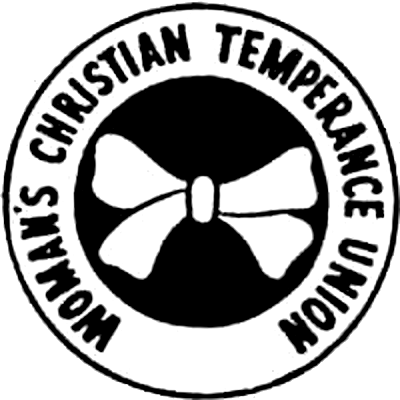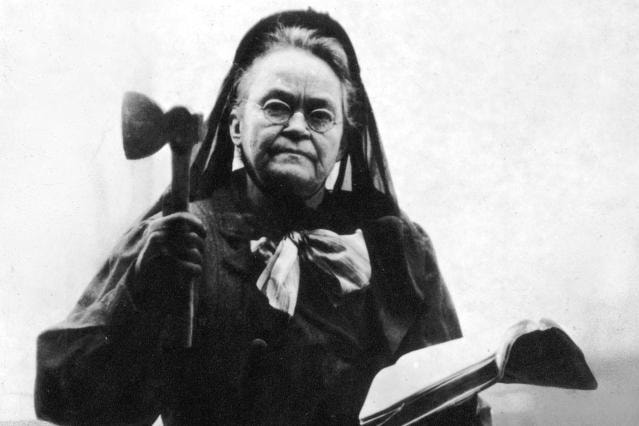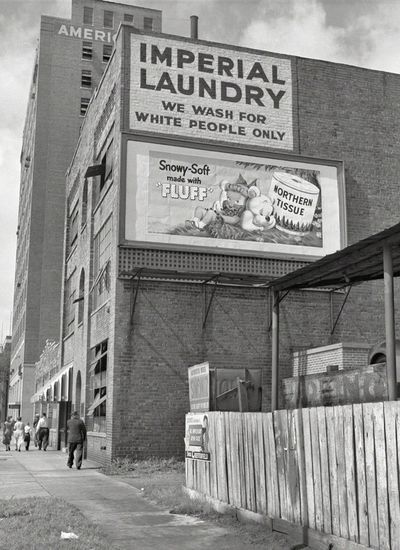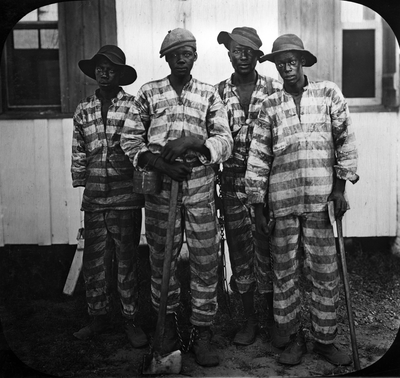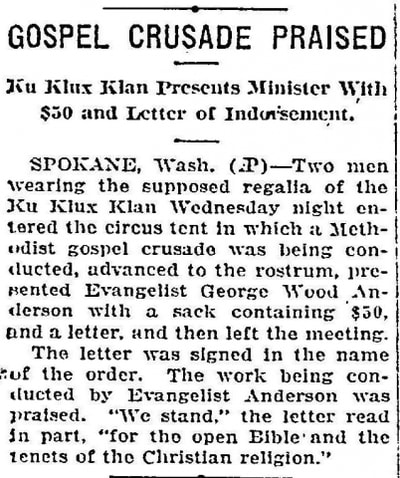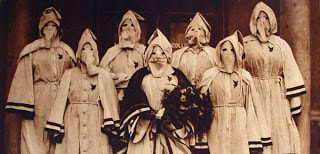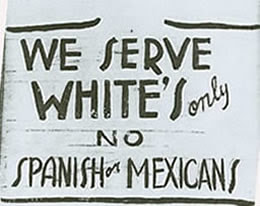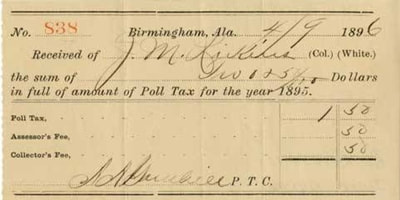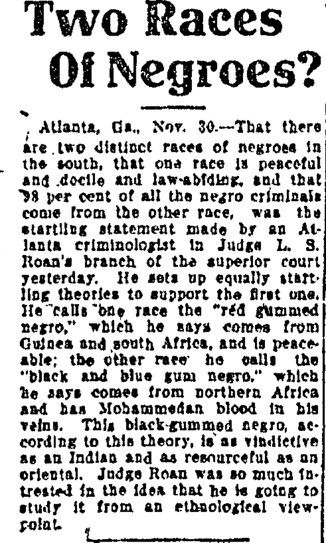The Progressive Era
The progressive Era reflected the counterpoint to the Gilded Age as the social, economic and political pendulum started to swing in the opposite direction.
The Impact of the Media
Yellow Journalism (Yesterday's Fake News)
As we know from our recent election, swaying public opinion can have a dramatic impact on political outcomes. In the 1890s, two rival newspapers, the New York Journal and the New York World (owned by Hearst and Pulitzer respectively) embroiled the nation in war as a result of embellishments and outright lies.
Your browser does not support viewing this document. Click here to download the document.
Muckrakers and the Politics of Resistance
Muckraking, in spite of its negative connotation, involves the use of the media to stir public sentiment and bring about political change. Although both yellow journalism and muckraking relied on public outcries to achieve their ends, the reformists who brought social ills to light believed in journalistic principles that we take for granted. Namely, they were investigative journalists who focused the lens of the public gaze on parts of culture that had been ignored. This form of media led to many sweeping reforms in the late 1800s to the early 1900s.
|
|
|
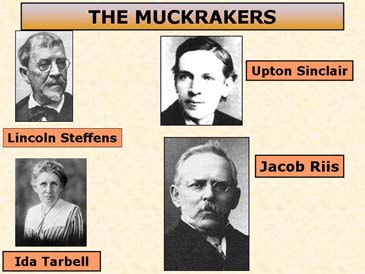
Thomas Nast (Precursur to Muckrakers)
Your browser does not support viewing this document. Click here to download the document.
Social Reform Movements
Factory and Labor Reform
The American economy changed drastically in the years before the Civil War, and where there had been small regional producers and consumers, improvements in transportation and infrastructure expanded the market to a national one. In addition, the development of new technologies and the building of factories in urban areas led to the urbanization of American culture. This dramatic change, known as the Market Revolution, had an enormous impact on every aspect of life. Click on the link below to review these changes.
The Market Revolution
In addition to the work of crusaders who shut to bring attention to the living and working conditions of the poor, several tragedies occurred as a result of deplorable working conditions.
Meat Inspection Act
|
The Meat Inspection Act of 1906 followed the publication of Upton Sinclair's novel, The Jungle, which took place in a slaughterhouse and revealed the repugnant working conditions therein. This act prohibited the sale of adulterated meat, ensured proper labeling of meat products, and created standards of cleanliness for slaughterhouses and meat processing factories.
|
Pure Food and Drug Act
|
This legislative precurser to the Food and Drug Administration was passed in 1906. It mandated that food and drugs be properly labeled. Drug products had to list their active ingredients, and a standard for purity was established. Food products had to. follow. truth in labeling principle. This act also specified certain drugs (opium, morphine, cannabis and alcohol) as addictive and dangerous.
|
Hatter Union (Loewe vs Lawlor)
|
In 1902, a manufacturer of hats in Danbury, Connecticut, Dietrich Loewe, refused to acknowledge the legitimacy of the union. When his unionized workers went on strike, Loewe replaced them with non-unionized workers. The workers, in turn, organized a boycott of the hat maker's products which spread to several states. Loewe sued the union under the provisions of the Sherman Antitrust Act and won. This loss led to the eventual passage of the Clayton Antitrust Act which defined labor as being separate from commerce.
|
Triangle Shirtwaist Factory
|
Conditions for workers in factories were often deplorable at the turn of the century. In 1911, a fire raged through a blouse factory in New York and the resulting 146 deaths drew attention to the plight of worker, particularly women forced to work long hours for low pay in hazardous condition. The Triangle factory employed mostly young women, particularly low-skilled workers and immigrants. Conditions were so horrible that the workers went on strike in 1909, but very little changed. Owners, who feared that their employees would steal from them, kept the doors locked. In addition, highly flammable scraps of fabric and debris were littered across the working space. The blaze began on the 8th floor and burned so quickly that the charred remains of some women were found bent over their sewing machines. Women, bodies aflame, jumped from the windows and crashed to the ground. The substandard fire escape provided no safe haven because it collapsed under the weight of the terrified, fleeing women. Although the Triangle Factory owners were acquitted of wrongdoing, the heart-wrenching story helped to put a face on the plight of the factory worker. The event strengthened the suffragist movement and bolstered the approval for unions.
|
Child Labor Laws
Children during this era, particularly those of the working poor, were expected to augment the family income by working. Unfortunately, there were no laws or guidelines in place to protect children or set limits on labor.
Mary Harris Jones ("Mother Jones")
Anthracite Coal Strike of 1902
|
Many households relied on coal at the turn of the century for heating and cooking. Mining was very hazardous at the time with laborers facing dangerous conditions in environments that produced long-term health impacts. The coal mines in Pennsylvania contained the largest deposits of anthracite coal in the nation. Its high efficiency for heating homes meant that demand for this coal was extraordinarily high. As a consequence, workers were pushed to work extremely long hours in unsafe conditions. It was common for at least 1,00 workers to die per year in the early 1900s. United Mine Workers of America attempted to address these ills and in 1902, workers for the Pennsylvania and Reading Railroad went on strike. The strike lasted for months with neither side giving way; however, as colder weather approached, the public began to become concerned about the prospect of facing a winter without coal. Unlike his predecessor Cleveland who sent in federal troops to quell a similar strike, Roosevelt stepped in and formed the Anthracite Coal Strike Commission to investigate the claims of each side of the dispute and mediate a solution. The workers were awarded both an increase in pay and a decrease in mandatory hours.
|
Medicine and Education Reforms
|
The educational system was forced to undergo dramatic changes as the U.S. shifted from primarily rural to urban centers. In order to understand the changes in education during the Progressive Era, you must first have a grasp of the history of public education in the United States.
|
|
THE MORRILL ACT OF 1862
The Morrill Act of 1862 was also known as the Land Grant College Act. It was a major boost to higher education in America. The grant was originally set up to establish institutions is each state that would educate people in agriculture, home economics, mechanical arts, and other professions that were practical at the time. The land-grant act was introduced by a congressman from Vermont named Justin Smith Morrill. He envisioned the financing of agricultural and mechanical education. He wanted to assure that education would be available to those in all social classes. There were several of these grants, but the first passed in 1862. This bill was signed by Abraham Lincoln on July 2. This gave each state 30,000 acres of public land for each Senator and Representative. These numbers were based on the census of 1860. The land was then to be sold and the money from the sale of the land was to be put in an endowment fund which would provide support for the colleges in each of the states. The land-grant has improved the lives of millions of Americans. This was not the case in the early stages. At the time the grants were established, there was a separation of races. In the South, blacks were not allowed to attend the original land-grant institutions. There was a provision for separate but equal facilities, but only Mississippi and Kentucky set up any such institution. This situation was rectified when the Second Morrill Act was passed and expanded the system of grants to include black institutions. The Morrill Acts have become a major educational resource for our nation. This program is available to all people who are in search of higher education. Over the years it has proven to be an important part of our educational system. This Act changed the course of higher education. The purpose of education shifted from the classical studies and allowed for more applied studies that would prepare the students for the world that they would face once leaving the classroom. This Act also gave education support directly from the government. The Morrill Act changed the face of education and made room for our growing and ever changing country and ensured that there would always be money to finance educational facilities and that there would be continual government support of these institutions. Prepared by Brad Lightcap. https://www3.nd.edu/~rbarger/www7/morrill.html |
Horace Mann
|
The influx of immigrants who brought with them their old political convictions and religious affiliations was a cause of great concern for many in the country. It was feared that these external influences would subvert American culture. The solution was to create an educational system which would indoctrinate all children with a single ideology and which would secularize education, thus diminishing the impact of conflicting religious ideologies. In addition, the marketplace was transforming, and the need for skilled workers was becoming apparent. One of the goals of the public school system was to impart uniform conditioning that would prepare children for the industrial economy.
|
Your browser does not support viewing this document. Click here to download the document.
Your browser does not support viewing this document. Click here to download the document.
John Dewey
Your browser does not support viewing this document. Click here to download the document.
Education is a social process. Education is growth. Education is, not a preparation for life; education is life itself. The belief that all genuine education comes about through experience does not mean that all experiences are genuinely or equally educative. Were all instructors to realize that the quality of mental process, not the production of correct answers, is the measure of educative growth something hardly less than a revolution in teaching would be worked. For in spite of itself any movement that thinks and acts in terms of an ‘ism becomes so involved in reaction against other ‘isms that it is unwittingly controlled by them. For it then forms its principles by reaction against them instead of by a comprehensive, constructive survey of actual needs, problems, and possibilities. |
Conflict is the gadfly of thought. It stirs us to observation and memory. It instigates invention. It shocks us out of sheep-like passivity, and sets us at noting and contriving…conflict is a sine qua non of reflection and ingenuity. |
Maria Montessori
Your browser does not support viewing this document. Click here to download the document.
Community Reform
As the robber barons' wealth expanded to gargantuan proportions, those in the lower echelons of society were barely making subsistence wages. Immigrants and blacks, in particular, found themselves living in squalor and struggling to make enough money for their families to eat. Children often were unable to attend school, and some adults and children resorted to crime to support their families. During the early 19th century, there was a perception that poverty was a moral issue and the wealthy had status and resources because they deserved t., The poor on the other hand were considered morally as well as financially destitute. Because these qualities were considered innate, there was no impetus for the wealthy to assume responsibility for correcting social ills. This changed towards the end of the 1800s and led to a variety of reform movements dedicated to social and moral improvement.
Your browser does not support viewing this document. Click here to download the document.
Jane Addams and Hull House
Social Gospel Movement
Social Darwinism, in which the ideas of Darwin were applied to culture, suggested that the social strata were determined by a ranking of the fittest at the top to the weakest at the bottom. At the same time, there was a perception in religious circles that worldly affairs were outside of the scope and concern of religious practice. Just as with the Great Awakening, there was a shift in moral understanding in which a variety of Christian sects began to see the improvement of social ills as their God-ordained responsibility.
|
Your browser does not support viewing this document. Click here to download the document.
|
|
The Temperance and Purity Movements
|
While the purity movements were fundamentally puritanical in their goals, they were also reflective of a nascent feminism. The underlying theme of these movements was that immoral male behavior had a dramatic impact on women's lives; therefore, men should be held to the same standards as women. Alcohol consumption and abuse, prostitution, child labor, the exploitation of women and girls, and education were all issues that concerned the purity movement crusaders.
Women's Christian Temperance Union |
Your browser does not support viewing this document. Click here to download the document.
|
|
The Mann Act of 1910 was also known as the White Slavery Act and was intended to protect women from forcible prostitution. The full text of the Act can be read to the right.
|
Your browser does not support viewing this document. Click here to download the document.
|
Your browser does not support viewing this document. Click here to download the document.
Women's Suffrage (please review the cultural change page)
Your browser does not support viewing this document. Click here to download the document.
Click to set custom HTML
Your browser does not support viewing this document. Click here to download the document.
The Souls of Black Folk Up From Slavery
|
Once the Reformation failed, blacks were left facing repressive laws and discriminatory housing and employment practices. Jim Crow Laws and the rise of terrorist groups like the Ku Klux Klan were predicated by a desire to keep blacks subservient to their former masters. Approximately 10% of the black population migrated to the North where conditions were slightly better, but 90% remained in the South. No matter where blacks lived, there was a perception on the part of white people, even reformers, that black people were inferior. Segregation was rampant, and even those reformers who provided services to blacks maintained separate facilities. In the South, the conditions in which black lived, particularly those under the sharecropper system, were only marginally better than those they experienced during slavery. Often, owners allowed sharecroppers to borrow against future profits meaning that they, in a sense, forfeited their freedom.
|
Booker T. and W.E.B.“It seems to me,” said Booker T.,
“It shows a mighty lot of cheek To study chemistry and Greek When Mister Charlie needs a hand To hoe the cotton on his land, And when Miss Ann looks for a cook, Why stick your nose inside a book?” “I don’t agree,” said W.E.B., “If I should have the drive to seek Knowledge of chemistry or Greek, I’ll do it. Charles and Miss can look Another place for hand or cook. Some men rejoice in skill of hand, And some in cultivating land, But there are others who maintain The right to cultivate the brain.” “It seems to me,” said Booker T., “That all you folks have missed the boat Who shout about the right to vote, And spend vain days and sleepless nights In uproar over civil rights. Just keep your mouths shut, do not grouse, But work, and save, and buy a house.” “I don’t agree,” said W.E.B., “For what can property avail If dignity and justice fail. Unless you help to make the laws, They’ll steal your house with trumped-up clause. A rope’s as tight, a fire as hot, No matter how much cash you’ve got. Speak soft, and try your little plan, But as for me, I’ll be a man.” “It seems to me,” said Booker T.-- “I don’t agree,” Said W.E.B. by Dudley Randall |
|
|
|
Segregation, Jim Crow, KKK and Attitudes Toward Blacks
Your browser does not support viewing this document. Click here to download the document.
Plessy v.s. Ferguson - Created with Haiku Deck, presentation software that inspires;
Niagara Movement and the NAACP
Your browser does not support viewing this document. Click here to download the document.
